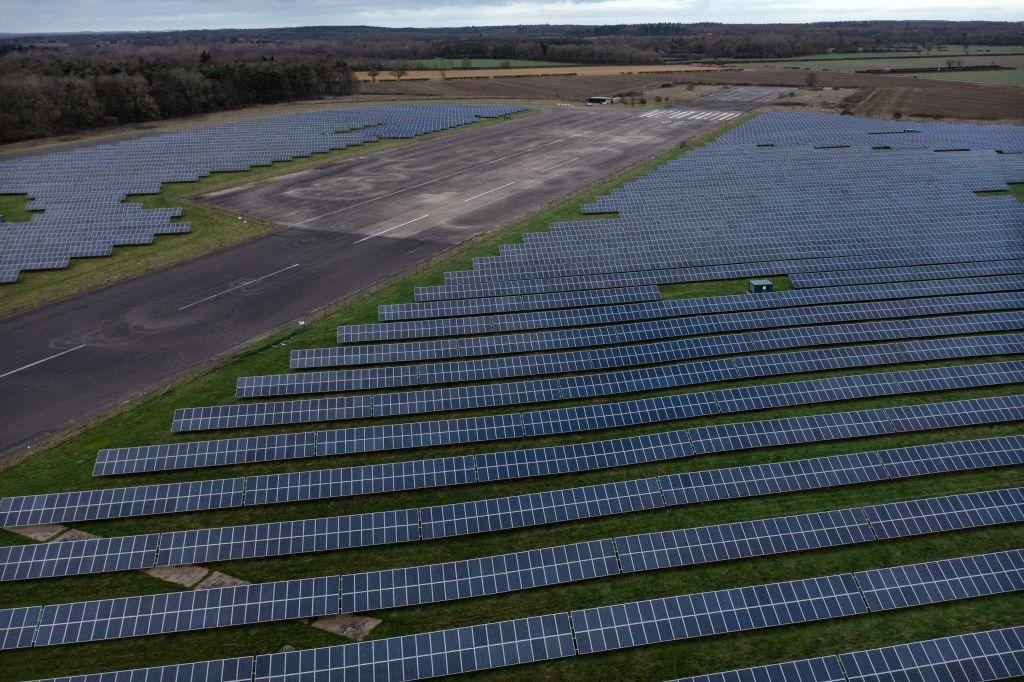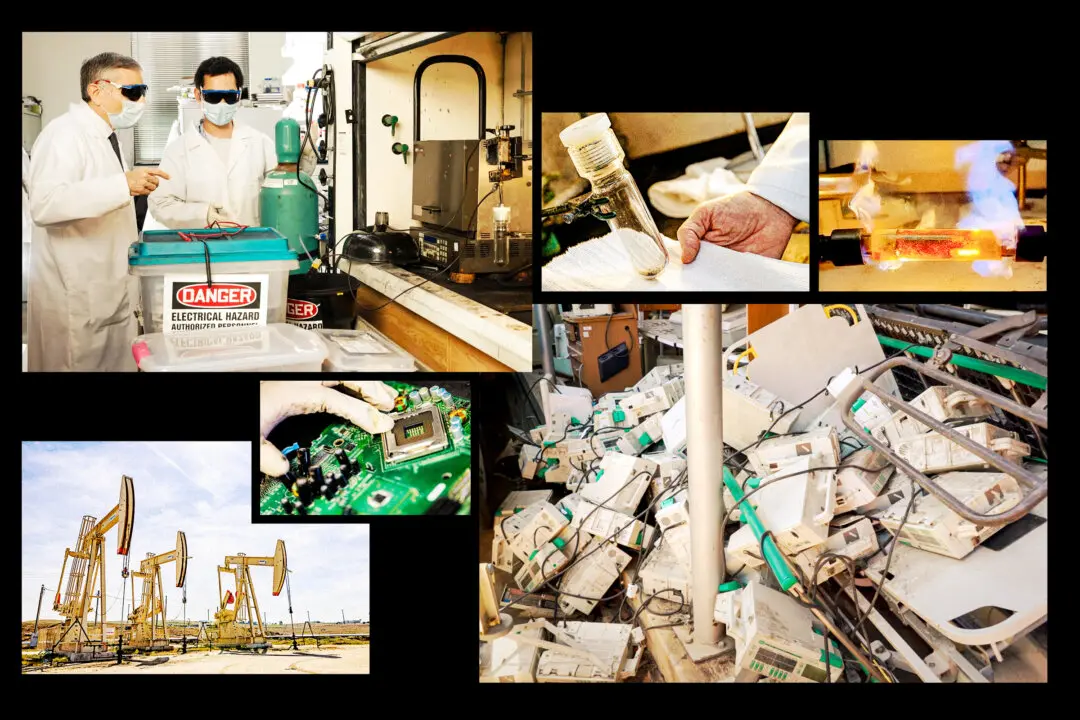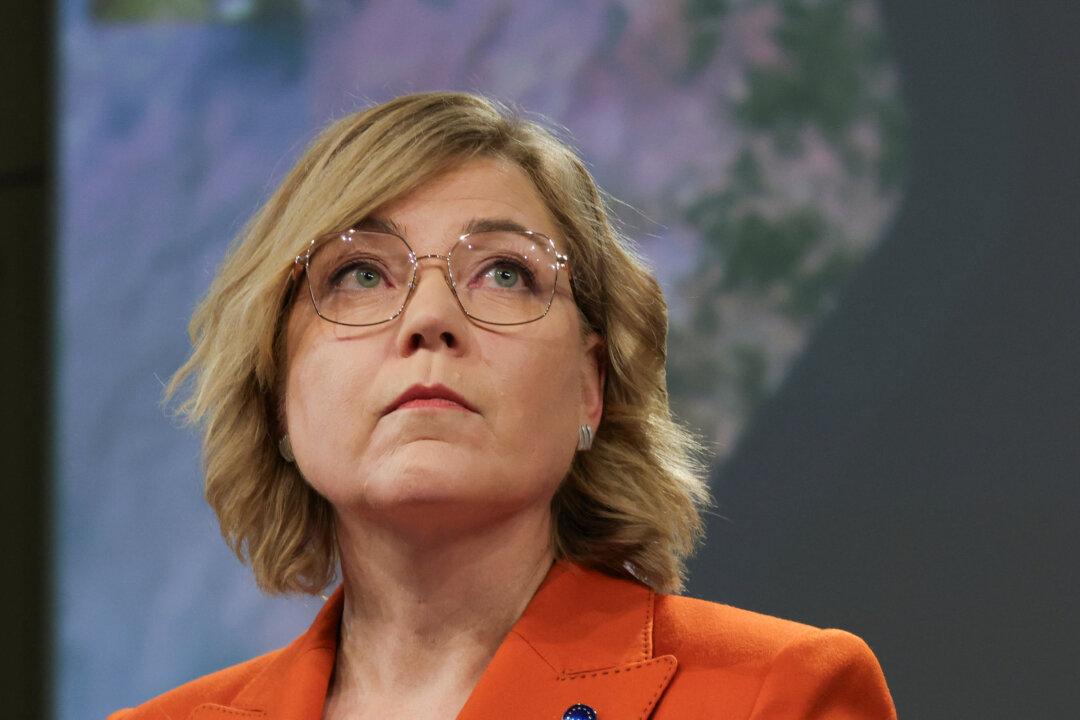Some UK solar farm developers have been told that they face a 15–20 year wait to connect to local electricity grids, which the energy regulator claims is a “major problem” as the government wants to decarbonise its power system by 2035.
Blockages in the network mean that some solar farm developers will only be connected to local electricity grids by the 2030s, with the government recognising “the challenge of connection delays.”





